John Hurrell – 20 May, 2011
You try to decipher the densely layered and chaotically entangled forms to examine the scattered three toed claws, unblinking eyes, grimacing pointy mouth parts or flailing limbs. The densely knotted manaia motifs play off as writhing glowing masses carefully positioned against darkened negative spaces that reinforce the suggestion of carved body parts - from a distance also symbolic or culturally coded.
This new show from Shane Cotton introduces us to the new Lett space in more direct way than its first show, the recent et al. installation. The venue now has been painted white, lit up and tidied, and his paintings placed on the walls. Plus some smaller rooms revealed near the office out the back.
For some years now Cotton has been painting on ominous grey/black fields, rendering hovering ornithological symbols (some surprisingly not from Aotearoa), sometimes with cliff-face backdrops or writing spiritual phrases in printed Māori. That writing in its fluidity of brushed-on line seems to have directed him towards traditional Māori wood carving as an inspiration and reference point for drawing. The more recent works embrace a supple sinewy line reminiscent of the arabesque draughtsmanship of Australian artist Brett Whiteley, but incorporating instead the gouged and rhythmic chisel marks of poupou (slab carving) - especially when rendering manaia, the beaked but reptilian monsters.
These seemingly improvised drawn images meander and sprawl like flowing doodles - as if in a scribbly CoBrA painting for example - yet despite the calculated fragmentation, many parts also cohere. Some rectangular sections of Star Eater have intertwining sections of tendril-like carving that are similar to shredded fabric or scraps of netting. They seem to allude to the carved handles of bailers, adzes, or flutes, and myths about life emerging from primordial darkness. The churning spiralling lines of thin calligraphic paint vary in white opacity, so with their controlled manipulation the flickering filmic space is particularly mysterious. The freeform organic clusters also seem to be a reference to Terry Winters, an influence Cotton had during his final studio year at Ilam.
This big painting - the show’s tour de force - really draws you in. You try to decipher the densely layered and chaotically entangled forms to examine the scattered three toed claws, unblinking eyes, grimacing pointy mouth parts or flailing limbs. The densely knotted Māori motifs play off as writhing glowing masses carefully positioned against darkened negative spaces that reinforce the suggestion of carved body parts - from a distance also symbolic or culturally coded.
The other smaller canvases seem more like drawings or studies planned to be used in future combinations with other drawings within larger paintings. They are like invented components or useful parts experimented with that collectively become a pool of resources.
Some of the other paintings continue to explore symbols presented in the previous Lett show, such as crab pincers, fluttering birds, or biker patches, and using glowing airbrushed lines and hazes. A few other framed works use paper maps for supports, drawing with paint both on topographic coastlines and on indexes of placenames.
The manaia paintings I think are especially interesting in terms of drawing/painting method: its looseness. Cotton seems to be moving away from iconic symbols with correlated meanings towards a more visceral, directly emotional, scrambled up and spontaneous sort of image - presenting itself deliberately as isolated marks and process as much as rendered form.
John Hurrell
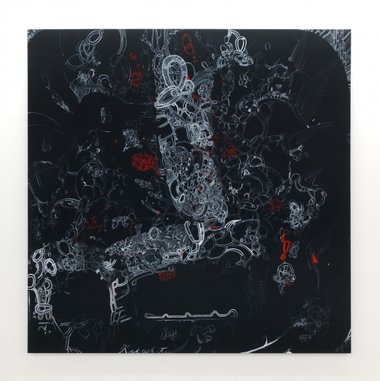


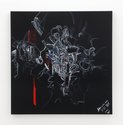

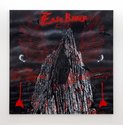
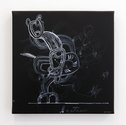
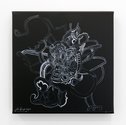
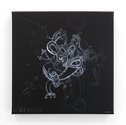
 Advertising in this column
Advertising in this column Two Rooms presents a program of residencies and projects
Two Rooms presents a program of residencies and projects



This Discussion has 0 comments.
Comment
Participate
Register to Participate.
Sign in
Sign in to an existing account.